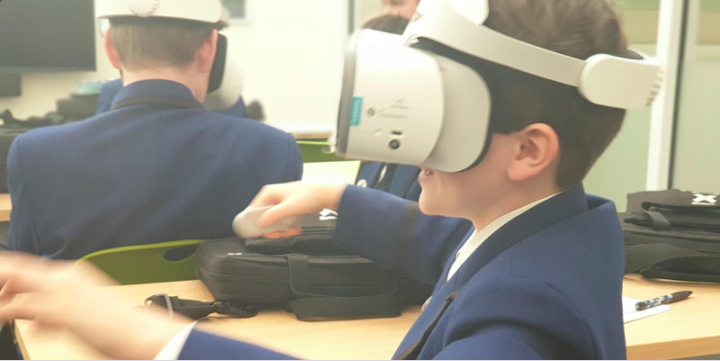How Australian Schools Use VR and AR to Unlock the Benefits of Immersive Learning. Can VR and AR be Used to Teach Indigenous Studies?
In this webinar moderated by Pradeep Khanna, three educators will share their experiences and insights from using AR and VR within K-12 school settings.
As virtual reality and augmented reality are becoming more popular within educational settings we hope to share how these tools can be applied within Arts and Humanities to create empathy and connection to different cultures while still exposing the students to STEM disciplines and the latest in how technology can be harnessed to improve society. These three educators have a wealth of practical experience from which they will share the pedagogy, curriculum, practical running and technological set-up of using VR & AR successfully within a school setting.
Robyn Vierra from Punahou School in Honolulu, Hawai’i will discuss applications for Virtual Reality in K-12 education. VR is an excellent educational tool that brings learning to life for our students. This particular session will focus on virtual reality in global education, discussing how it allows students to explore global locations and issues without the barriers of cost and distance.
The STEM teaching specialists, Lauren & Nick, at Tulliallan Primary School in Melbourne, Australia will be showcasing how they’ve been working with indigenous artists to design and create interactive augmented reality layers on top of traditional art in order to capture and share indigenous knowledge. Participants will have the opportunity to experience the project firsthand if they download the Artivivie app.
In addition, Lauren will demonstrate how students can build models in AR as a response to indigenous knowledge and cultures. This will showcase place-based learning through a STEM lens. Participants will have the opportunity to explore the concepts first hand with the Marge Cube app.


